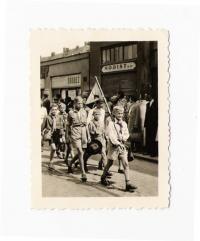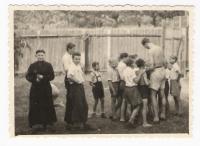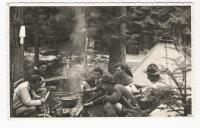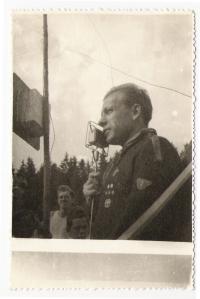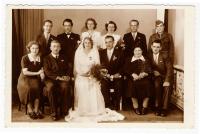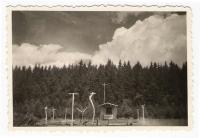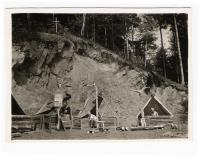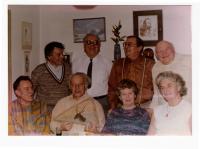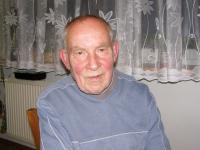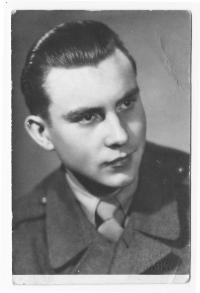I may have been the only one on the shift who was not in the Party.

Stáhnout obrázek
Vladimír Rak was born in Prague on 18 November 1925 as the second of six children. His father Josef Rak was a legionary and trained decorator who had his business licence taken away after 1948. Vladimír Rak spent his childhood in Lety, Radotín and then in Břevnov. He completed his primary school there and joined Legio Angelica together with his brother Jiří in 1937. He was a member of Unit 48 until the war and went to the Patronage clubhouse in Prague‘s Lesser Town. When Germans arrived in Prague in 1939, he was in children‘s German hospital at Karlov with a scarlet fever. He enrolled in vocational training at Ebert company in Libeň afterwards and became a turner. He spent the uprising of May 1945 in a „house arrest“, as his father would not let the sons walk out. There was a barricade at Královka, there was shooting in the streets, and one bullet hit the inside of their apartment. When the developments calmed down, he and brothers walked downtown and witnessed the calumniation of the Nazis at the Old Town Square. In June, he participated in the „Camp of Seven“ near Čermná and another camp in Kyšperk in August. He participated in the camps near Sepekov and under Ostaš in 1946 and 1947, respectively. He joined the army with anti-aircraft artillery at Prague‘s Pohořelec in the autumn of 1947. On a trip outside Prague, he came to Sloup v Čechách where his unit served guard of honour during the unveiling of a TGM statue. That was when he met his future wife, Marie Fraňková, whom he married in 1950. They suffered through the inevitable ceremony at an authority in Nový Bor prior to a church wedding. They lived separately for some time after the wedding before they could live together in Nový Bor. Their daughter Helena was born in 1953 and son Pavel in 1957. Vladimír Rak worked at Novoborské strojírny mechanical engineering plant. He was addressed in the 1960s with an invitation to join the Communist Party of Czechoslovakia, which he refused resolutely. After 1989, he renewed contact with the boy scouts of Unit 48 of Legio Angelica, and is now one of the few surviving members. He enjoys good health and remains active.

